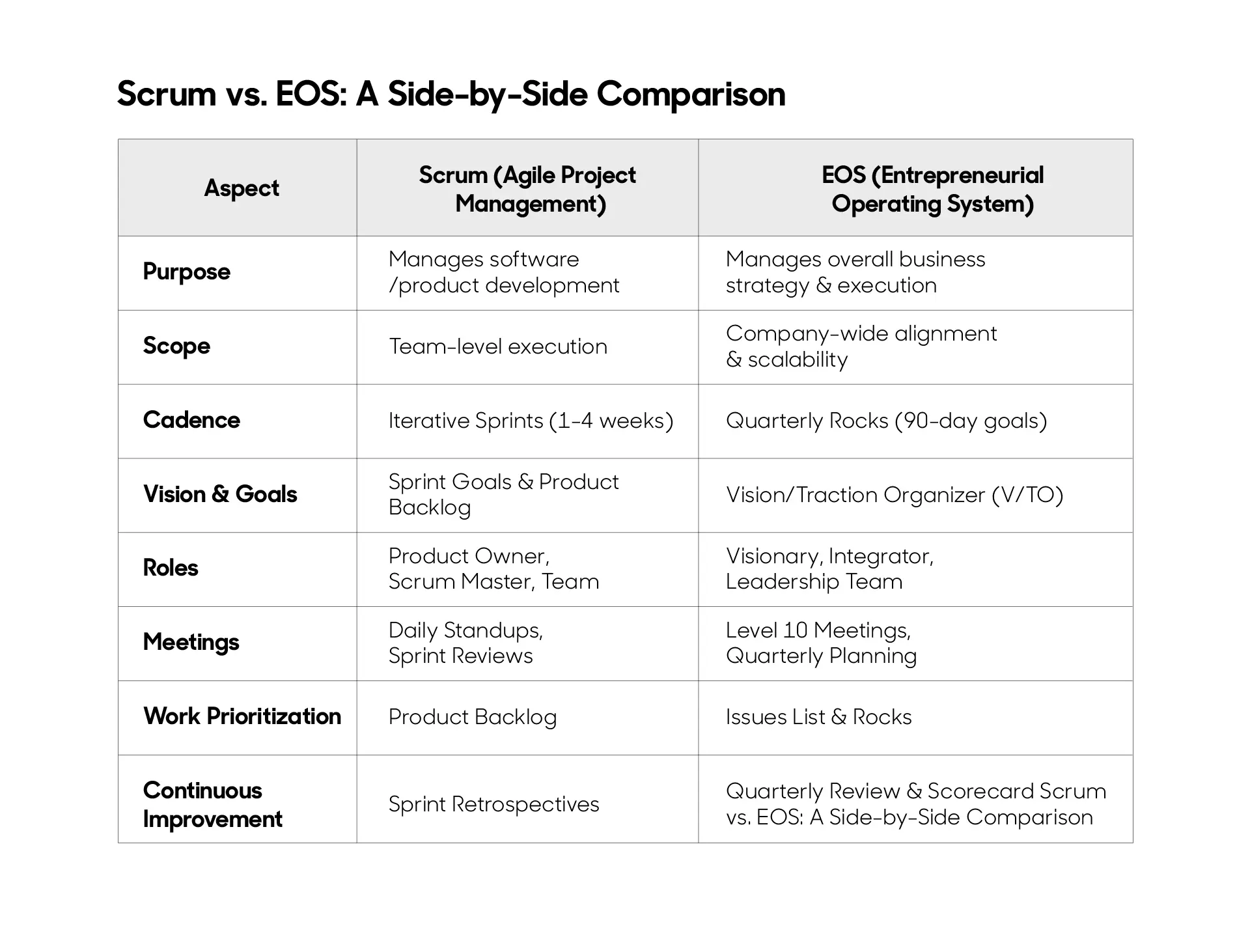
2025 Brings New Challenges for Women in Tech—But We’re Still Going Strong
Written by Yamila Solari –

This Women’s Day 2025 got me thinking about the new challenges women everywhere are facing—especially in tech. In recent years, many organizations have highlighted Diversity, Equity, and Inclusion (DEI) as a key part of their talent strategies. But politics and economic pressures have led to cuts and changes, threatening the progress we’ve made. Despite all this, women in tech are continuing to move forward, carving out new paths—not just for themselves, but for the whole industry.
DEI Under Pressure
Right now, equity is a hot-button issue. Some companies that once openly supported DEI are quietly scaling back or renaming their initiatives. Sure, some of that is about saving money amid all the layoffs in tech, but it also reflects a broader debate about whether these programs should even exist. Women, already a minority in tech, definitely feel the impact when DEI support starts to shrink.
A big example is Women Who Code (WWC), a global nonprofit that served 360,000 members across 145 countries. It shut down last year because it couldn’t secure enough funding. WWC wasn’t just a conference organizer—it offered scholarships, networking, and skill-building for countless women. So its closure makes you wonder: if such a big DEI-focused group can’t stay afloat, what happens to early-career women who need guidance, mentorship, and a supportive community?
Why DEI Still Matters
Despite the setbacks, there’s plenty of data showing that diverse teams perform better and can boost a company’s bottom line. When you have women in leadership—especially in tech—you benefit from a wider range of perspectives and more effective problem-solving approaches. This is critical for things like AI, cybersecurity, and generally staying innovative.
Unfortunately, underrepresentation of women is still the norm. And it’s not just in the U.S. In Mexico, where most of our engineers live, a study by the Center for Economic and Budgetary Research (CIEP) found that women make up only around 15.5% of the IT workforce, with 93.8% of them working specifically as software developers. That’s just one example of how women face added barriers worldwide—barriers made worse by DEI cutbacks and layoffs targeting diversity professionals.
The Bigger Backlash
On top of that, there’s a growing movement in some places that encourages women to return to so-called “traditional” roles. Let’s face it—tech has historically been a boys’ club, which is why DEI programs, female mentorship, and women-in-tech networks are so crucial. That said, lots of professional women aren’t about to give up their career paths. They know that a life in tech doesn’t just provide financial stability; it also offers personal growth, adventure, and a sense of real purpose.
Sure, there’s backlash. But if anything, it’s made women more determined. Losing groups like WWC doesn’t cancel out our progress—it just shows us that we may need new, stronger infrastructures and communities to keep the momentum going.

Adapting DEI Strategies—and Holding Steady
Even with traditional diversity programs getting cut, many companies still see the importance of DEI. Some simply avoid the term “diversity” because of political pushback, instead adopting titles like “Community & Inclusion,” or folding these efforts into Learning & Development. But the mission—creating inclusive workplaces—remains. Businesses that invest in inclusion often report better employee retention, higher innovation, and stronger returns.
Government leaders can help, too. Claudia Sheinbaum recently took office as Mexico’s president, and it’s still unclear how she’ll champion STEM careers for women. There’s hope she’ll bring in policies and programs that get more girls interested in STEM and help women advance in tech. But that all depends on the right funding, political will, and collective effort.
Building Community from the Inside
Grassroots communities are just as important as government programs. At Scio, for example, our “women circles” let participants pick up both soft and technical skills, while also discussing how DEI changes affect the workplace. These circles are like micro-communities, providing safe spaces to share concerns, brainstorm solutions, and celebrate achievements. The fact that they’re often volunteer-driven proves that mentorship and collaboration don’t have to rely on big budgets or official branding.
What’s Next?
So will the push toward “traditional” roles win out, or will women maintain—and even expand—their place in tech? Historically, progress might slow down, but it rarely stops entirely. The tech industry, after all, thrives on fresh ideas and talent from every corner. Ignoring half the population just isn’t good business.
Women—in Mexico, the U.S., and everywhere else—are sticking to their goals. Yes, decreasing DEI support might slow us down, but it also pushes us to find new ways to move forward. Whether it’s launching local initiatives, seeking leadership allies, or keeping our skills sharp, women in tech are forging a future that’s more inclusive for everyone.
DEI might be under assault, but our collective resilience is rising to meet the challenge. We’re still aiming for a bigger piece of the tech pie, and that can only be good news for the entire industry.
Sources for further reading:
https://www.bbc.com/news/articles/cw0769446nyo
https://www.cio.com/article/3477870/5-reasons-women-make-top-team-first-collaborators-in-tech.html
https://ciep.mx/wp-content/uploads/2024/03/Mujeres-en-la-Ciencia-y-Tecnologia.-Presupuesto-para-los-desafios-del-mercado-laboral..pdf
https://www.talent-works.com/2024/12/how-is-the-dei-landscape-changing-in-2025/
https://www.cio.com/article/201905/women-in-tech-statistics-the-hard-truths-of-an-uphill-battle.html























